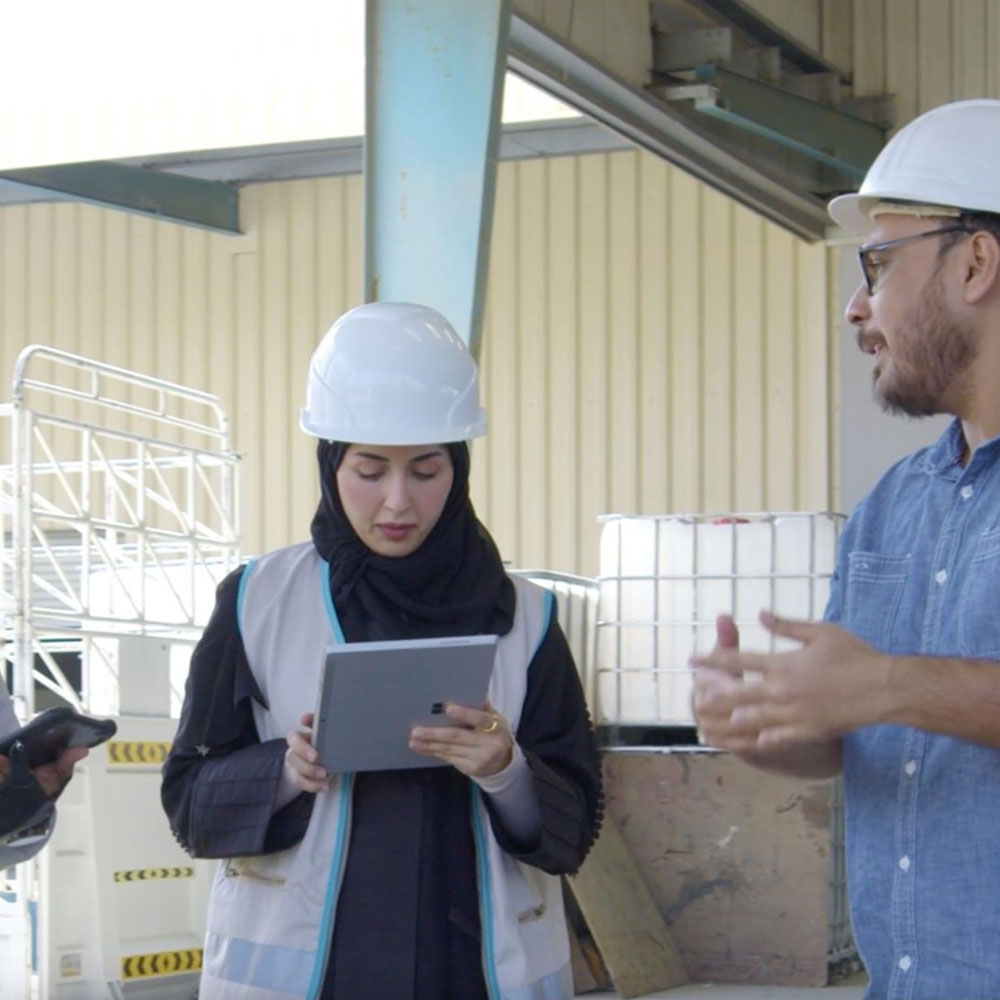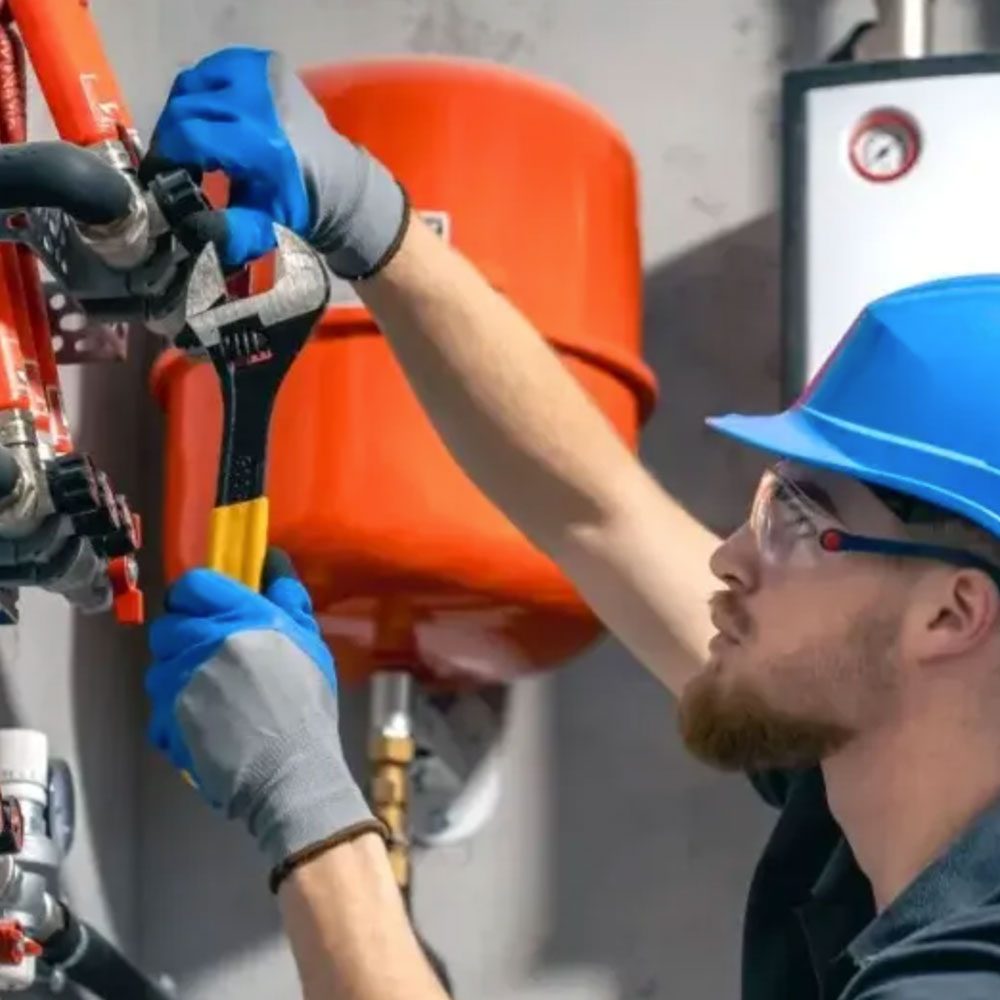- Monday - Saturday 8 am to 5 pm
Snagging Services
- Home
- Snagging Services
What is Snagging?
Snagging is a critical step in construction and handover, ensuring that a building meets high standards of quality and craftsmanship. Its goal is to identify and correct defects, incomplete work, or deviations from specifications before the building is handed over to the owner. This process involves a thorough inspection of the property, addressing both cosmetic issues and significant defects like faulty plumbing or electrical systems. Identified issues, or “snags,” are documented and reported to the contractor for prompt resolution, ensuring the building is fully functional and visually flawless upon occupancy.

Importance of Snagging in Dubai
The importance of snagging cannot be overstated, as it plays a vital role in ensuring the long-term satisfaction of the building owner. By identifying defects early in the process, snagging helps to prevent future problems that could lead to costly repairs or disputes between the owner and contractor. It also ensures that the building is completed to the highest standards, meeting both the owner’s expectations and the required regulations.

The Snagging Process in Dubai

Initial Inspection
The snagging process begins with a thorough inspection of the building, typically conducted by a professional snagging company or a qualified surveyor. This inspection covers every aspect of the property, including structural elements, internal finishes, mechanical and electrical systems, and external works.

Identification and Documentation
During the inspection, any defects or issues are carefully identified and documented. This documentation is usually detailed, including descriptions of the defects, their locations, and photographic evidence. The snagging list is then shared with the contractor for rectification.

Rectification
Once the snagging list has been communicated, the contractor is responsible for addressing all identified issues. This may involve repairing damaged finishes, correcting improperly installed systems, or completing any unfinished work. The contractor’s goal is to bring the building up to the required standards.

Final Inspection
After the contractor has rectified the issues, a final inspection is conducted to ensure that all snags have been resolved. This step is crucial in verifying that the building is now in perfect condition and ready for handover to the owner.

Handover
Upon successful completion of the final inspection, the building is handed over to the owner. The owner can then take possession of a property that meets all the agreed standards and specifications, free from defects or unfinished work.
This service is suitable for
- General Property Condition Review
- Plumbing System Inspection
- Electrical Fixtures & Devices
- Window Frames & Handles
- Mechanical, Electrical, & Plumbing (MEP) Systems
- Flooring & Ceiling Assessment
- Appliance & White Goods Testing
- Patio, Terrace, & Balcony Inspection
- Heating, Ventilation, & Air Conditioning (HVAC)
- Interior & Exterior Painting and Plastering
- Doors, Windows, & Locks
- Groundwork & External Areas
Benefits of Snagging
- The benefits of snagging extend to all parties involved in the construction process:
- Quality Assurance: Snagging provides a final quality check, ensuring that the building meets the highest standards of workmanship and finishes.
- Cost Efficiency: By identifying and correcting issues before handover, snagging helps to avoid the need for costly repairs or disputes later on.
- Peace of Mind: For the building owner, snagging offers the assurance that their new property is delivered in perfect condition, ready for immediate use.
- Compliance and Documentation: Snagging ensures that all work complies with relevant regulations and standards, and provides comprehensive documentation of the building’s condition at handover.
Long-Term Value
Snagging is not only about addressing immediate issues; it also contributes to the long-term value and performance of the building. By ensuring that all systems and finishes are installed and functioning correctly from the outset, snagging helps to prolong the lifespan of the building’s components, reduce maintenance costs, and enhance the overall comfort and satisfaction of its occupants.
Snagging is an indispensable step in the construction process, ensuring that every detail is perfected before a building is handed over. By investing in a thorough snagging process, both contractors and owners can enjoy the confidence that the building will perform as intended and meet the highest standards of quality for years to come.